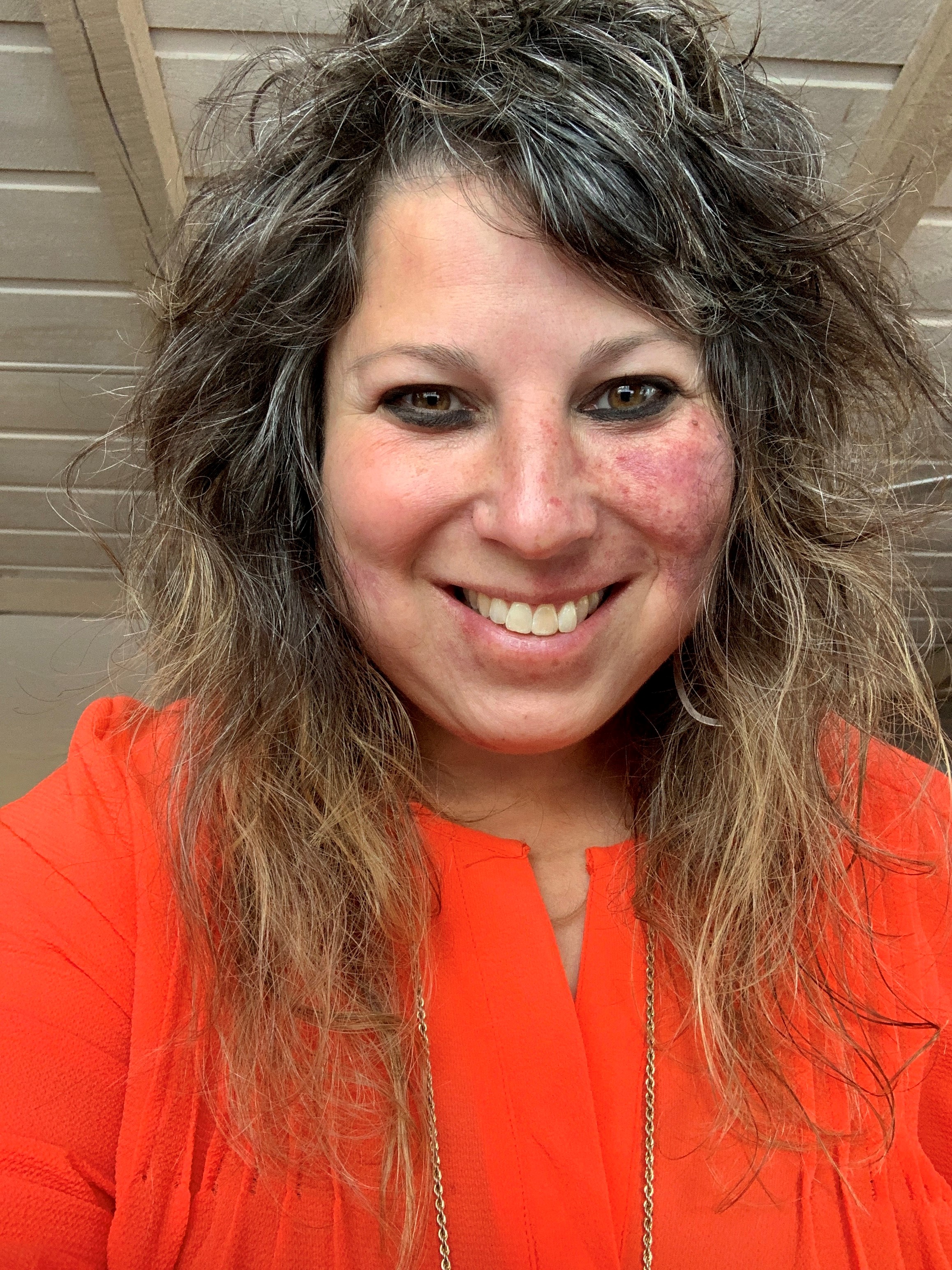Severe drug use in teen years impacts substance use disorder risk in adulthood
A new study reveals that screening for substance use disorder in teens may help predict adult prescription drug use and misuse and prevent overdose.
Conducted by researchers at the University of Michigan-Ann Arbor and funded by the National Institute on Drug Abuse (NIDA), part of the National Institutes of Health (NIH), the research was published in JAMA Network Open.
The national multicohort study followed 5,317 individuals from ages 18 to 50 years old. Researchers primarily focused on a subgroup of 12th graders first assessed between 1976 and 1986, who were followed with additional surveys at two-year, then five-year intervals for up to 32 years, until they reached age 50. Among the respondents, 51 percent were female, and 78 percent were white.
The research team analyzed the relationship between substance use disorder symptom severity at age 18 and prescription drug use, prescription drug misuse, and substance use disorder symptoms up to age 50.
To measure severity of SUD symptoms during the participants’ teen years, researchers recorded the number of SUD symptoms that participants reported in response to initial survey questions based on criteria for alcohol, cannabis, and “other drug” use disorders in the Diagnostic and Statistical Manual of Mental Disorders (DSM). The researchers categorized SUD symptoms into five levels of severity: exhibiting no symptoms, one symptom, two to three symptoms, four to five symptoms, and six or more symptoms. Symptoms included, but were not limited to, substance use resulting in a failure to fulfill major role obligations and repeating substance use even when dangerous to health.
Overall, more than 40 percent of surveyed 18-year-old individuals reported at least two SUD symptoms across all substances. More than half of the individuals who were prescribed and used opioids, sedatives, or tranquilizers as adults also reported two or more symptoms at age 18.
In conclusion, these findings suggest that most adolescents with severe SUD symptoms do not transition out of symptomatic substance use over a 32-year period and researchers recommend that prescribers of controlled substances must be aware that many adults prescribed controlled substances had SUD symptoms during adolescence and require careful assessment.
“Screening adolescents for drug use is extremely important for early intervention and prevention of the development of substance use disorder,” said Nora Volkow, MD, director of NIDA in a statement. “This is critical especially as the transition from adolescence to adulthood, when brain development is still in progress, appears to be a period of high risk for drug use initiation.”




















SHARE